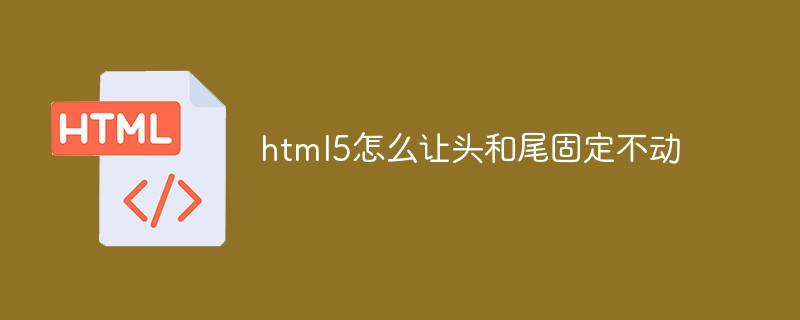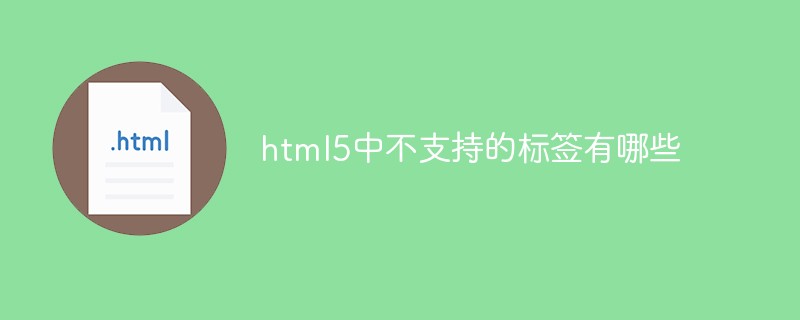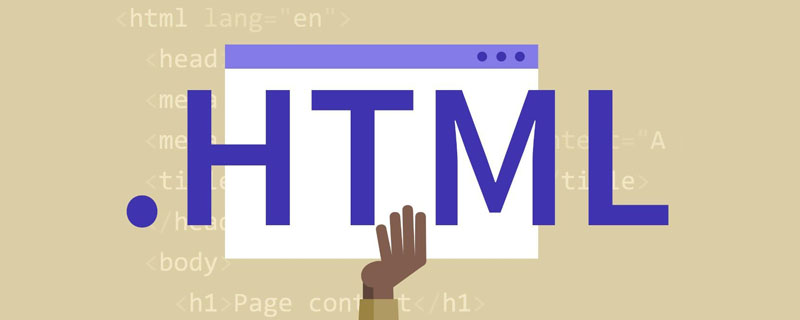This article mainly introduces the detailed introduction of HTML5 resource preloading (Link prefetch), which has a certain reference value. Now I share it with you. Friends in need can refer to it.
Regardless of the browser Developers are still developers of ordinary web applications. They are all making a common effort: to make web browsing feel faster. There are many known techniques that can make your website faster: using CSS sprites, using image optimization tools, using .htaccess to set page header information and cache time, JavaScript compression, using CDN, etc.
I've introduced some of the speed optimization techniques used on this site. In HTML5, a new feature has emerged to optimize website speed: page resource preloading/prefetching (Link prefetch).
What is page resource preloading/prefetching (Link prefetch)? Explanation from MDN:
Page resource preloading (Link prefetch) is a technique provided by the browser to allow the browser to download or pre-read some document resources in its free time that the user will visit in the future. these resources. A web page can set a series of preload instructions for the browser. When the browser finishes loading the current page, it will silently load the specified documents in the background and store them in the cache. When a user accesses these preloaded documents, the browser can quickly retrieve them from the cache and provide them to the user.
To put it simply: let the browser preload other resources (pages, pictures, videos, etc.) that the user is likely to access after accessing the current page. And the method is super simple!
HTML5 page resource preloading (Link prefetch) writing method
Copy code
The code is as follows:
<!-- 预加载整个页面 --> <link rel="prefetch" href="http://www.jb51.net/misc/3d-album/" /></p> <p><!-- 预加载一个图片 --> <link rel="prefetch" href=" <a href="http://www.jb51.net/wordpress/">http://www.jb51.net/wordpress/</a> wp-content/uploads/2014/04/b-334x193.jpg " />
HTML5 page resource preloading/prefetching (Link prefetch) function is implemented through the Link tag. Specify the rel attribute as "prefetch" and specify the resource to be loaded in the href attribute. address. Firefox also provides an additional attribute support:
Copy code
The code is as follows:
<link rel="prefetch alternate stylesheet" title="Designed for Mozilla" href="mozspecific.css" _fcksavedurl=""mozspecific.css"" /> <link rel="next" href="2.html" />
Prefetch can also be used under HTTPS protocol resources.
Under what circumstances should page resources be preloaded?
What kind of resources are loaded in your page and when to load them is entirely up to you. Here are some suggestions:
1. When the page has a slideshow-like service, preload/preread the next 1-3 pages and the previous 1-3 pages.
2. Preload images that are common to the entire website.
3. Preload the next page of search results on the website.
Disable page resource preloading (Link prefetch)
There is an option in Firefox to disable any page resource preloading (Link prefetch) function, you can Set it like this:
1.user_pref("network.prefetch-next", false);
2. Precautions for page resource preloading (Link prefetch)
The following are Some notes about page resource preloading (Link prefetch):
1. Preloading (Link prefetch) cannot work across domains, including pulling cookies across domains.
2. Preloading (Link prefetch) will pollute your website traffic statistics, because users may not actually access some pages that are preloaded into the browser.
3. Firefox has provided support for this preloading (Link prefetch) technology since 2003.
Using the browser's idle time to load some additional resource files seems exciting and dangerous. Do you want to try these techniques?
The above is the detailed content of Detailed introduction to HTML5 resource preloading (Link prefetch). For more information, please follow other related articles on the PHP Chinese website!
 html5的div一行可以放两个吗Apr 25, 2022 pm 05:32 PM
html5的div一行可以放两个吗Apr 25, 2022 pm 05:32 PMhtml5的div元素默认一行不可以放两个。div是一个块级元素,一个元素会独占一行,两个div默认无法在同一行显示;但可以通过给div元素添加“display:inline;”样式,将其转为行内元素,就可以实现多个div在同一行显示了。
 prefetch 是什么文件夹Jan 29, 2023 pm 03:17 PM
prefetch 是什么文件夹Jan 29, 2023 pm 03:17 PMprefetch是预读取文件夹,用来存放系统已访问过的文件的预读信息,扩展名为PF;prefetch文件夹一般位于C盘windows文件夹下,主要是用来存放系统已访问的文件预读信息;一开始创建此文件夹主要是为了加快系统的启动过程,但时间越长预读信息越多,严重占用电脑的存储空间,所以需要定时进行清理。
 html5中列表和表格的区别是什么Apr 28, 2022 pm 01:58 PM
html5中列表和表格的区别是什么Apr 28, 2022 pm 01:58 PMhtml5中列表和表格的区别:1、表格主要是用于显示数据的,而列表主要是用于给数据进行布局;2、表格是使用table标签配合tr、td、th等标签进行定义的,列表是利用li标签配合ol、ul等标签进行定义的。
 html5怎么让头和尾固定不动Apr 25, 2022 pm 02:30 PM
html5怎么让头和尾固定不动Apr 25, 2022 pm 02:30 PM固定方法:1、使用header标签定义文档头部内容,并添加“position:fixed;top:0;”样式让其固定不动;2、使用footer标签定义尾部内容,并添加“position: fixed;bottom: 0;”样式让其固定不动。
 HTML5中画布标签是什么May 18, 2022 pm 04:55 PM
HTML5中画布标签是什么May 18, 2022 pm 04:55 PMHTML5中画布标签是“<canvas>”。canvas标签用于图形的绘制,它只是一个矩形的图形容器,绘制图形必须通过脚本(通常是JavaScript)来完成;开发者可利用多种js方法来在canvas中绘制路径、盒、圆、字符以及添加图像等。
 html5中不支持的标签有哪些Mar 17, 2022 pm 05:43 PM
html5中不支持的标签有哪些Mar 17, 2022 pm 05:43 PMhtml5中不支持的标签有:1、acronym,用于定义首字母缩写,可用abbr替代;2、basefont,可利用css样式替代;3、applet,可用object替代;4、dir,定义目录列表,可用ul替代;5、big,定义大号文本等等。
 html5废弃了哪个列表标签Jun 01, 2022 pm 06:32 PM
html5废弃了哪个列表标签Jun 01, 2022 pm 06:32 PMhtml5废弃了dir列表标签。dir标签被用来定义目录列表,一般和li标签配合使用,在dir标签对中通过li标签来设置列表项,语法“<dir><li>列表项值</li>...</dir>”。HTML5已经不支持dir,可使用ul标签取代。
 html5是什么意思Apr 26, 2021 pm 03:02 PM
html5是什么意思Apr 26, 2021 pm 03:02 PMhtml5是指超文本标记语言(HTML)的第五次重大修改,即第5代HTML。HTML5是Web中核心语言HTML的规范,用户使用任何手段进行网页浏览时看到的内容原本都是HTML格式的,在浏览器中通过一些技术处理将其转换成为了可识别的信息。HTML5由不同的技术构成,其在互联网中得到了非常广泛的应用,提供更多增强网络应用的标准机。


Hot AI Tools

Undresser.AI Undress
AI-powered app for creating realistic nude photos

AI Clothes Remover
Online AI tool for removing clothes from photos.

Undress AI Tool
Undress images for free

Clothoff.io
AI clothes remover

AI Hentai Generator
Generate AI Hentai for free.

Hot Article

Hot Tools

Safe Exam Browser
Safe Exam Browser is a secure browser environment for taking online exams securely. This software turns any computer into a secure workstation. It controls access to any utility and prevents students from using unauthorized resources.

ZendStudio 13.5.1 Mac
Powerful PHP integrated development environment

SublimeText3 English version
Recommended: Win version, supports code prompts!

Zend Studio 13.0.1
Powerful PHP integrated development environment

Dreamweaver CS6
Visual web development tools






